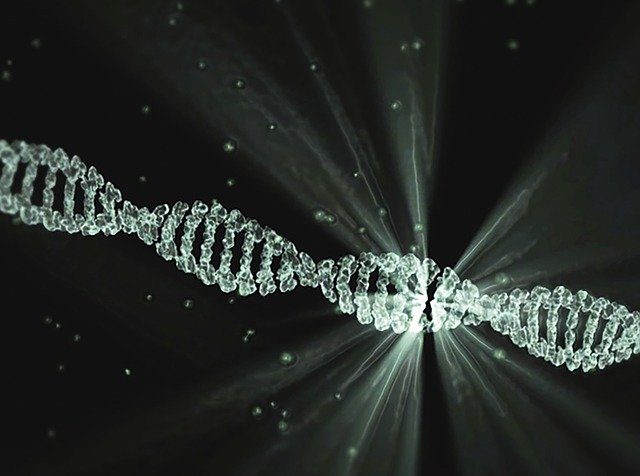According to a story from Markets Insider, the biotechnology company REGENXBIO Inc. has recently released data from its phase 1/2 clinical trial. This is interim data from cohorts 1 and 2 in a trial testing its experimental gene therapy RGX-121 as a treatment for patients up to age 5 who are living with mucopolysaccharidosis II (MPS II), also known as Hunter syndrome. REGENXBIO is prioritizing the development of potentially curative gene therapies utilizing its proprietary NAV® Technology Platform.
About Hunter Syndrome
Hunter syndrome, which is also known as mucopolysaccharidosis II (MPS II), is a rare lysosomal storage disease. This X-linked disorder is caused by mutations of the IPS gene and affects males almost exclusively. This mutation causes a deficiency of a certain enzyme which allows other substances to accumulate in the body and cause symptoms. These symptoms include ear infections, abdominal hernia, enlarged tongue, distinct facial features, developmental declines, joint stiffness, enlarged spleen and liver, heart problems, skin lesions, behavioral abnormalities, retinal degeneration, and hearing loss. Treatment for Hunter syndrome includes enzyme replacement therapy and bone marrow or stem cell transplantation; these treatments cannot address neurological symptoms. Research into gene therapy for this disease is also ongoing. There are around 2,000 people worldwide that are known to have the disorder. To learn more about Hunter syndrome, click here.
Interim Data
The company also recently announced its intent to start a third cohort in the trial that will utilize a higher RGX-121 dose, with plans to begin enrollment early next year. The patients in the first two cohorts were first administered the gene therapy as long as two years ago, and results continue to be encouraging. The safety profile appears to be good, and patients are seeing improved neurocognitive development and long-term biomarker activity. The development seen in the treated patients exceeds that which would be typically expected in the natural history of Hunter syndrome.
Eight patients have been dosed so far and no serious adverse effects from the treatment have been recorded. The substance that accumulates in Hunter syndrome is called heparan sulfate, and all patients have seen reductions since being dosed, ranging from 12.5 percent to as much as 52.6 percent.
REGENXBIO plans to present further data at the 17th WORLDSymposium slated to take place from February 8-12 of next year.








